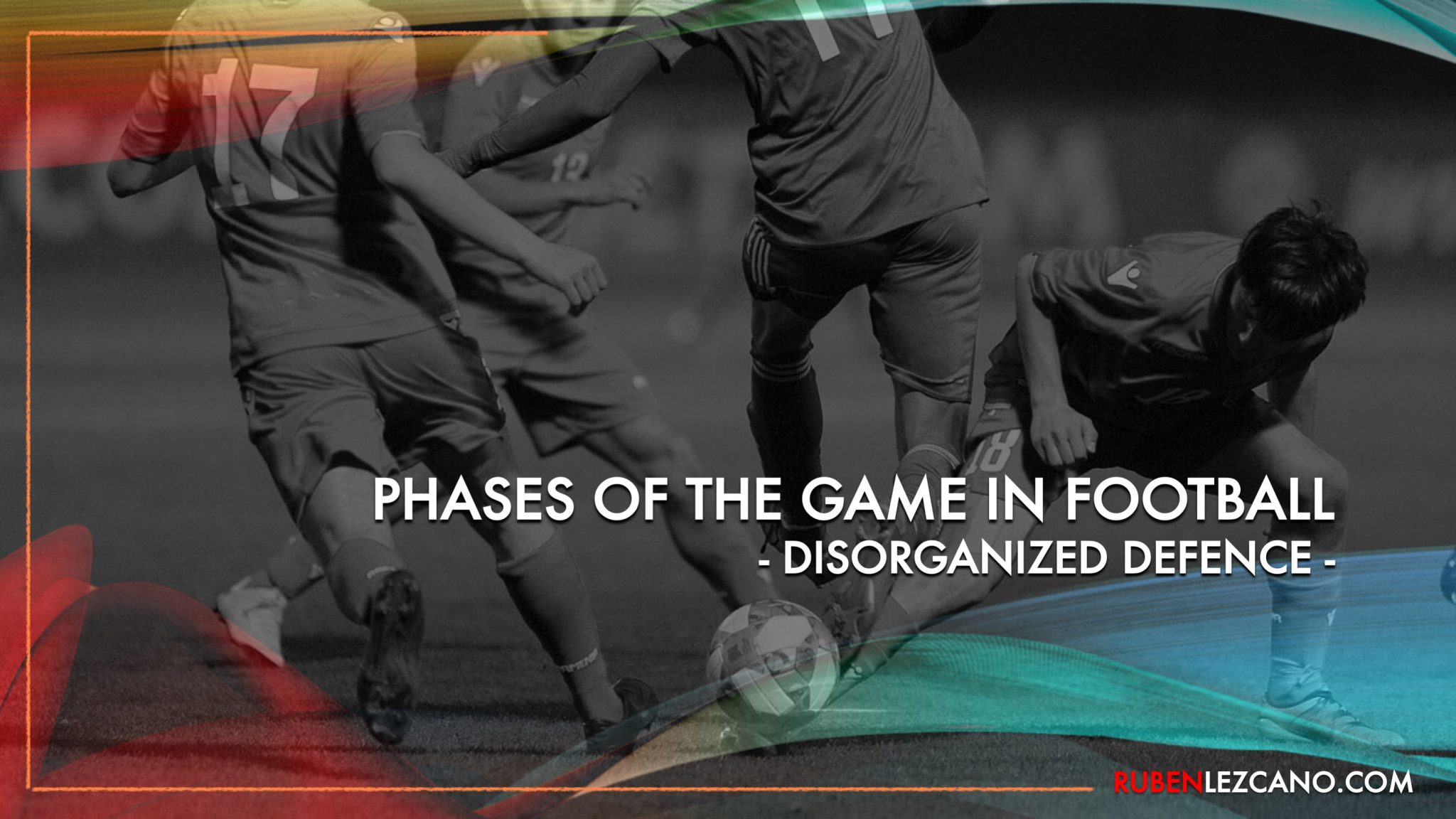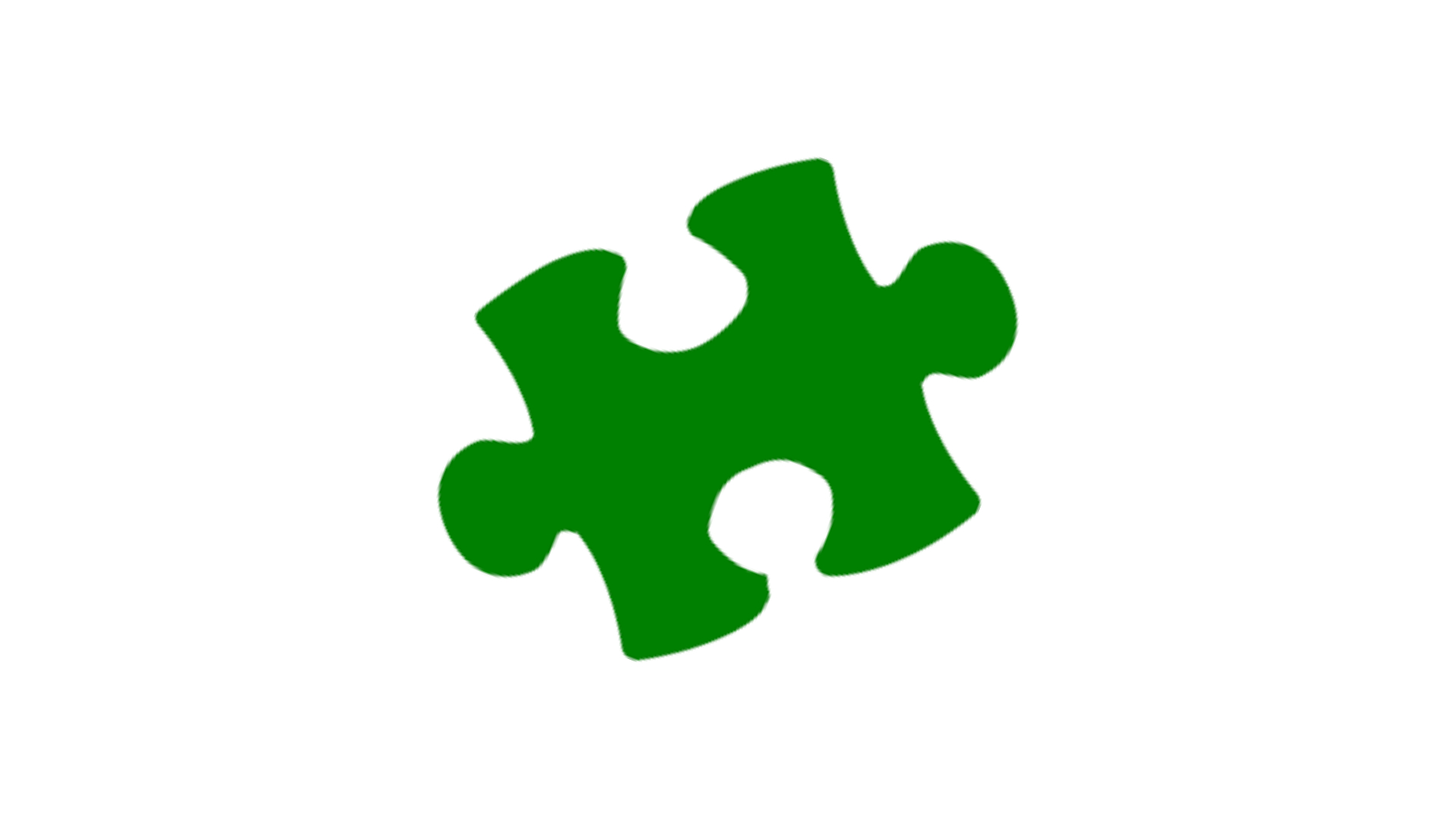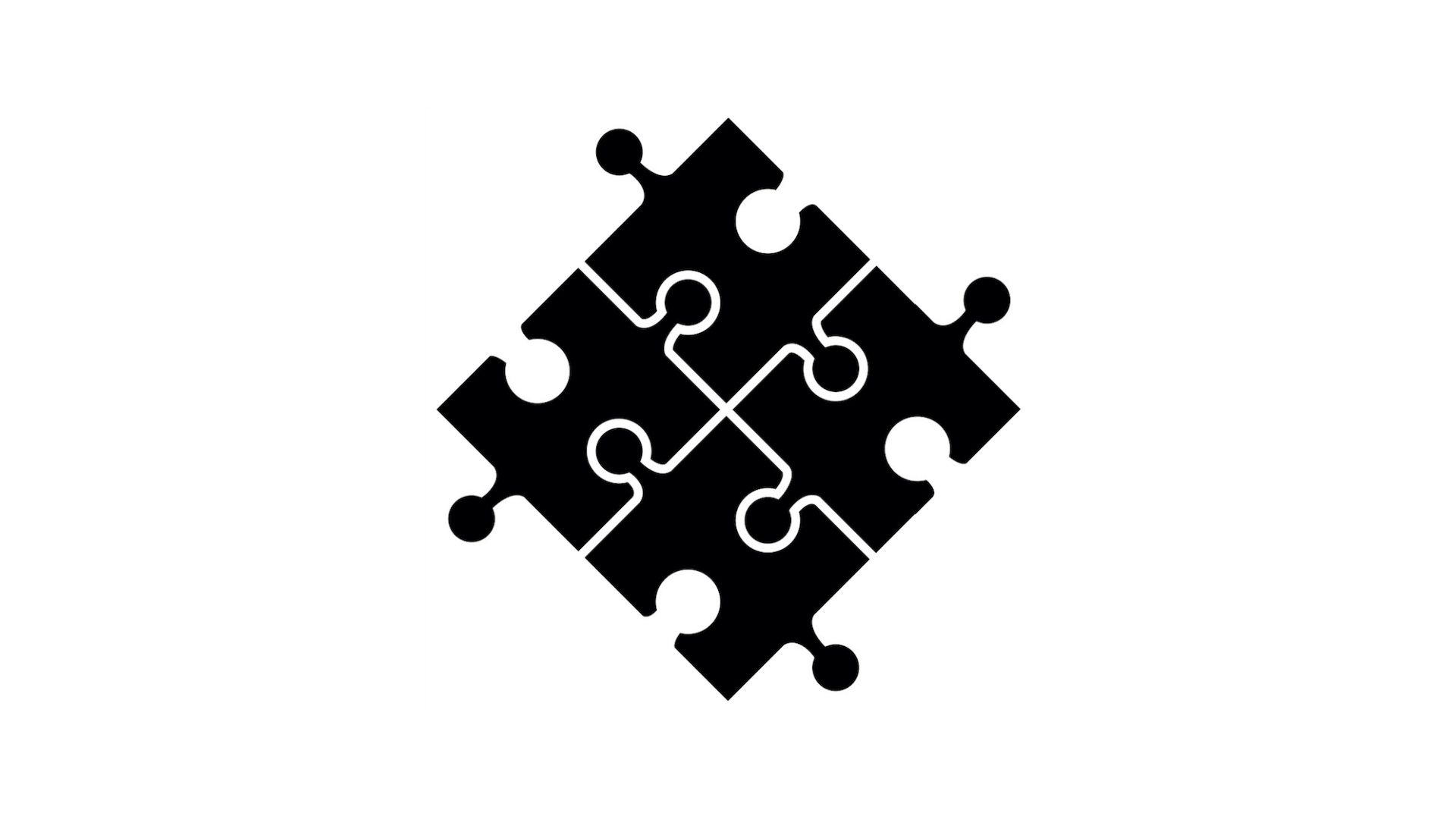GAME MODEL
DISORGANIZED DEFENSE PHASE

Reproducir vídeo
- Start:
- After losing the possession of the ball with the game in play
- End:
- When we regain the possession of the ball
- When we change to the Organized Defense Phase
- Characteristics for the defending team:
- From the defensive point of view, it is the most dangerous phase
- From the offensive point of view, it is the most important previous moment
- Difficult situations to solve
- Low density of defenders near the ball
- Difficult situations to predict
- Solutions depend a lot on the individual defensive quality of the players
- Main objectives:
- To make this phase as short as possible. To move to Disorganized Attack Phase or The Organized Defense Phase as soon as possible.
- To gain time for the team to organize.
- To prevent the opposing team from advancing fast
- To avoid being overtaken by the possessor of the ball
- Implications for training:
- The Disorganized Defense situations that follow the Organized Attack Phases are partially trainable at a tactical level, since we can anticipate in which area of the field we have more possibilities of losing the ball and where our players will be to try to recover it after.
- The Disorganized Defense situations that follow Disorganized Attack Phases are not very trainable at a tactical level, since it is very difficult to anticipate where they will happen and where our players will be to try to recover it after.
- It is very important to train the Disorganized Defense Phase in a contextualized way, as an intermediate phase that unites a previous moment and a later moment, and not in isolation.
- The mental aspect takes on enormous importance in this phase, since the two key elements to achieve success will be: the position, understood from the anticipation, and the player’s attitude.








